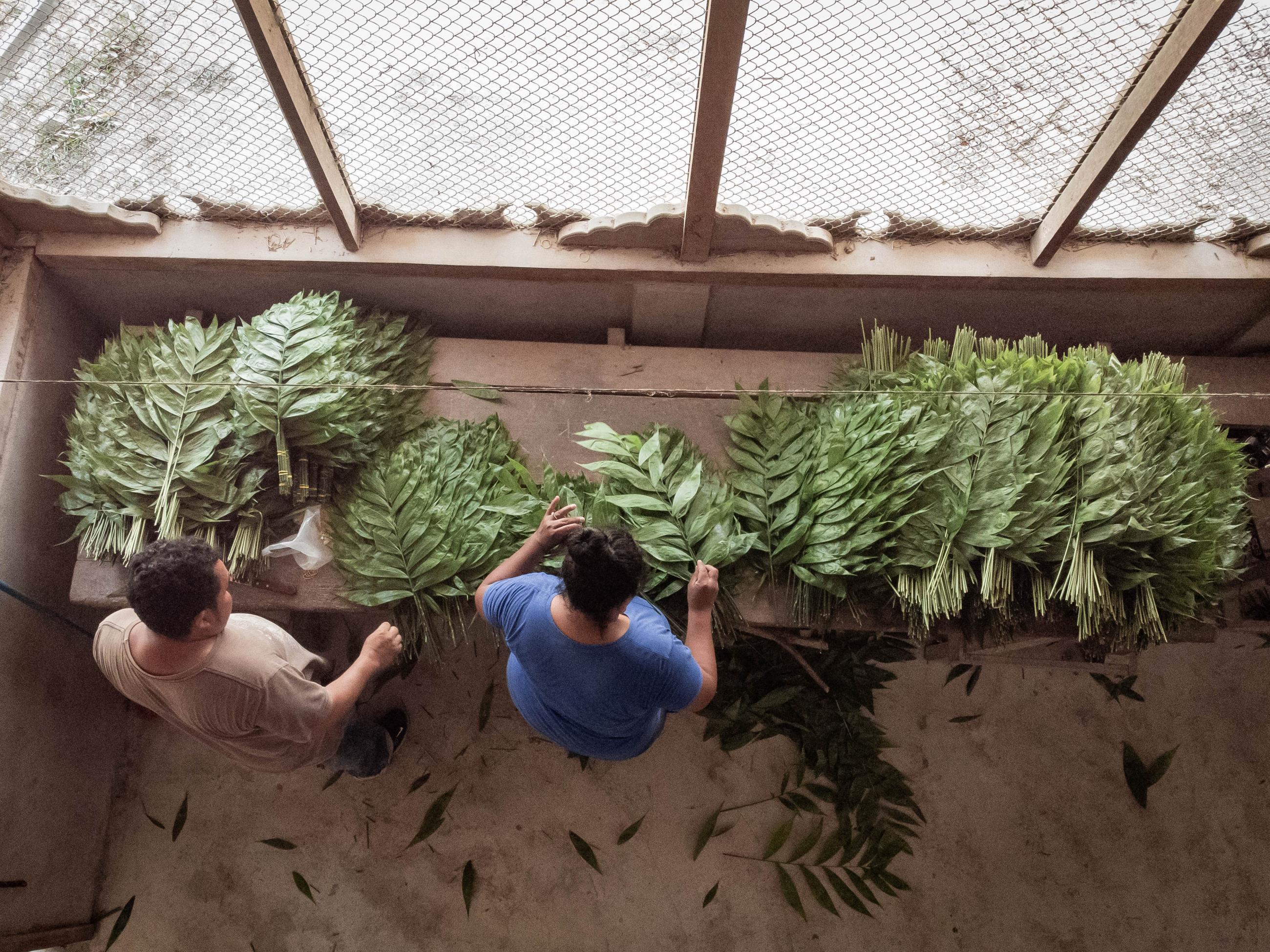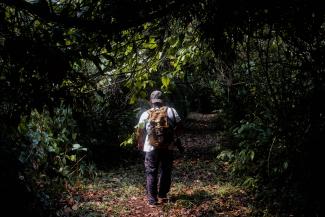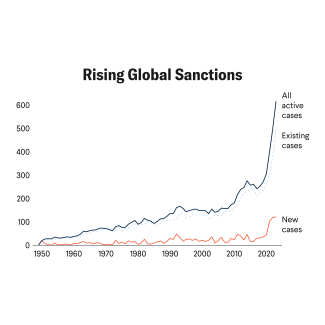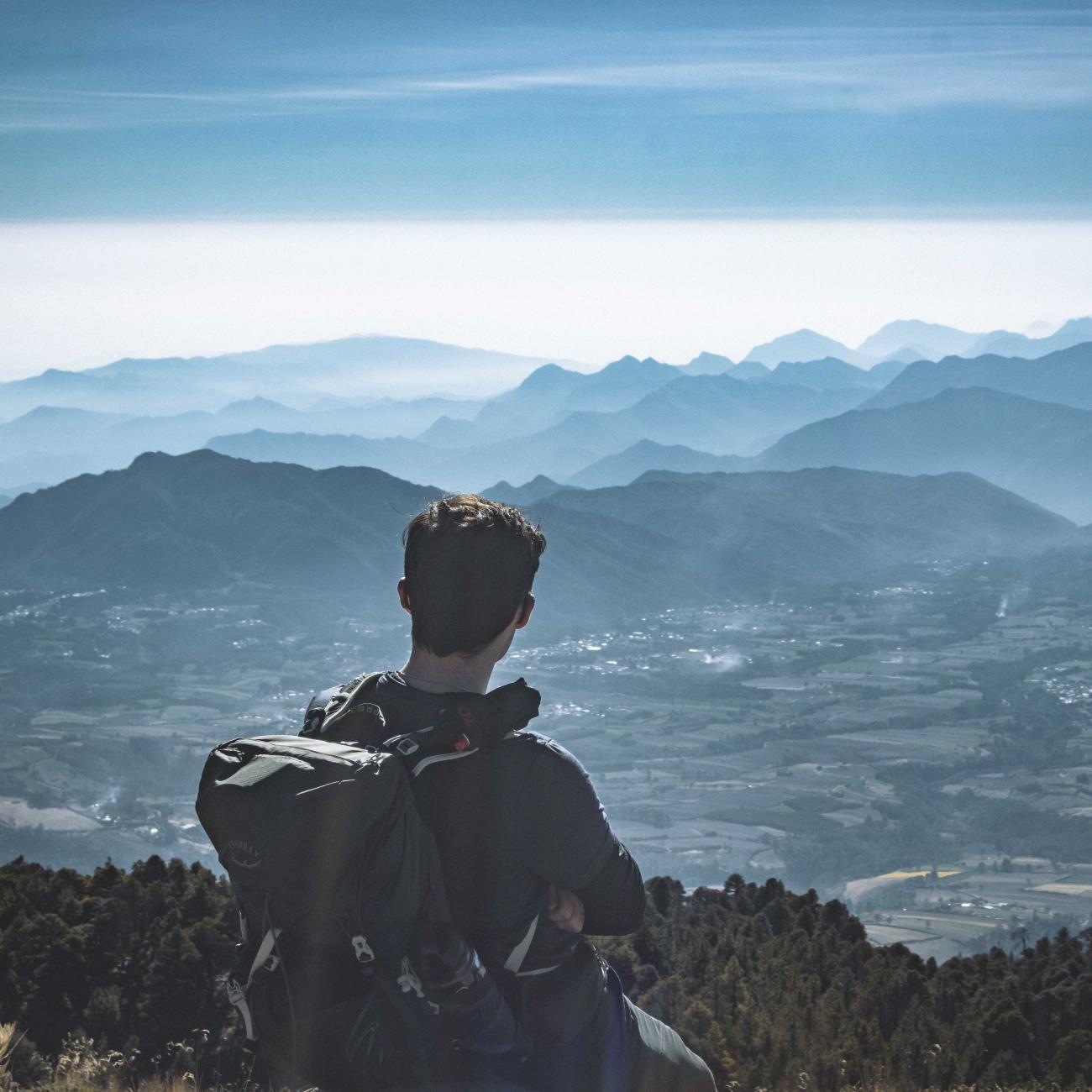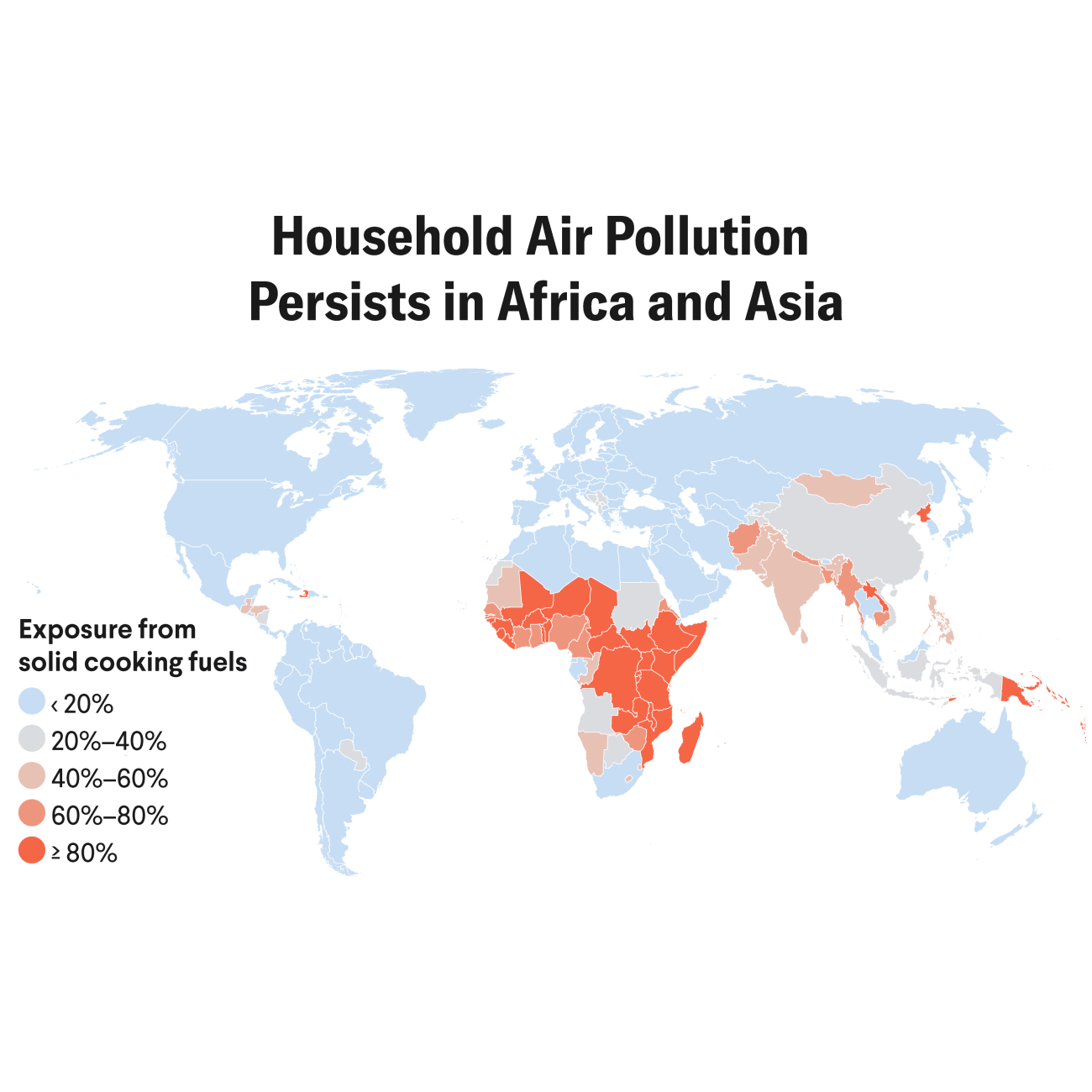Petén, a district (departmento) in northern Guatemala, is shrouded in emerald rainforests, where ancient Mayan archaeological sites and moss-covered temples rise from the jungle floor. The area stretches over 33% of the country, where the whispered secrets of lost civilizations are drowned out by troops of howler monkeys. They swing through the dense canopies as brightly colored toucans flit between the vibrant blooms of exotic orchids.
The Petén rainforest teems with life from its flora and fauna and the rich cultural tapestry woven by several Mayan ethnic groups. Those groups, known for their deep respect for community and inclusivity, have inhabited the region for millennia. There, ancient traditions intertwine with modern challenges.
Since 2009, community members have been actively engaged in environmental preservation projects in remote villages, such as La Técnica and Uaxactun, nestled in the rainforest. Their efforts focus on promoting sustainable tourism, ensuring that visitors can marvel at the rainforest's wonders even as they minimize their impact on the delicate ecosystem. Generating jobs related to tourism and local economies greatly reduces the need for community members to immigrate toward the United States, giving other opportunities for them to stay in Petén.
"Sustainable tourism is, by definition, ecotourism and much more. It's one of the fundamental pillars of an approach toward tourism management, and it can be achieved through community-based tourism, which is tourism led by communities," says Harris Whitbeck, director of the Guatemalan Institute of Tourism.
Their efforts focus on promoting sustainable tourism, ensuring that visitors can marvel at the rainforest's wonders even as they minimize their impact
For example, Vinicio Mejía, who lives in La Técnica and directs Sierra del Lacandón National Park, one of the most protected areas in the Maya Biosphere Reserve, has this year started an initiative with the village's other residents to encourage the rehabilitation of Petén's ecosystem. "We have this new program called Community Development, in which we involve several communities of approximately 200 residents in projects related to environmental education, entrepreneurship for tourism, and sustainability to protect our lands," says Mejía.
Through this program, which involves men, women, and children, community members have been trained in sustainable tourism topics such as climate and global environmental consequences or crisis management and resilience in tourism. They have secured jobs as tour guides, forest rangers, cooks, and forest cleaners. Francisca Acabal, a community leader from La Técnica and now a chef who specializes in local cuisine for tourists, for example, shares that she's proud of her job and of being an independent working woman. She highlights that 80% of the employees involved in this project are women.
"What I like about this project is the community vision and the project itself, which seeks to strengthen the family economy and create jobs that generate full-time employment options for us in an environmentally friendly way," Acabal says. "We aim to make a change by involving 25 families of La Técnica with a vision of protecting or caring for flora and fauna and everything involved in sustainable tourism."
Both Mejía and Acabal also point out that their mission is to pass the community program from generation to generation so that their children and grandchildren continue it. "We are transmitting it to our young ones so that they learn about the importance of living in the community, our cultures, and caring for our natural resources. Doing this, we are raising awareness in them and in others," says Acabal.
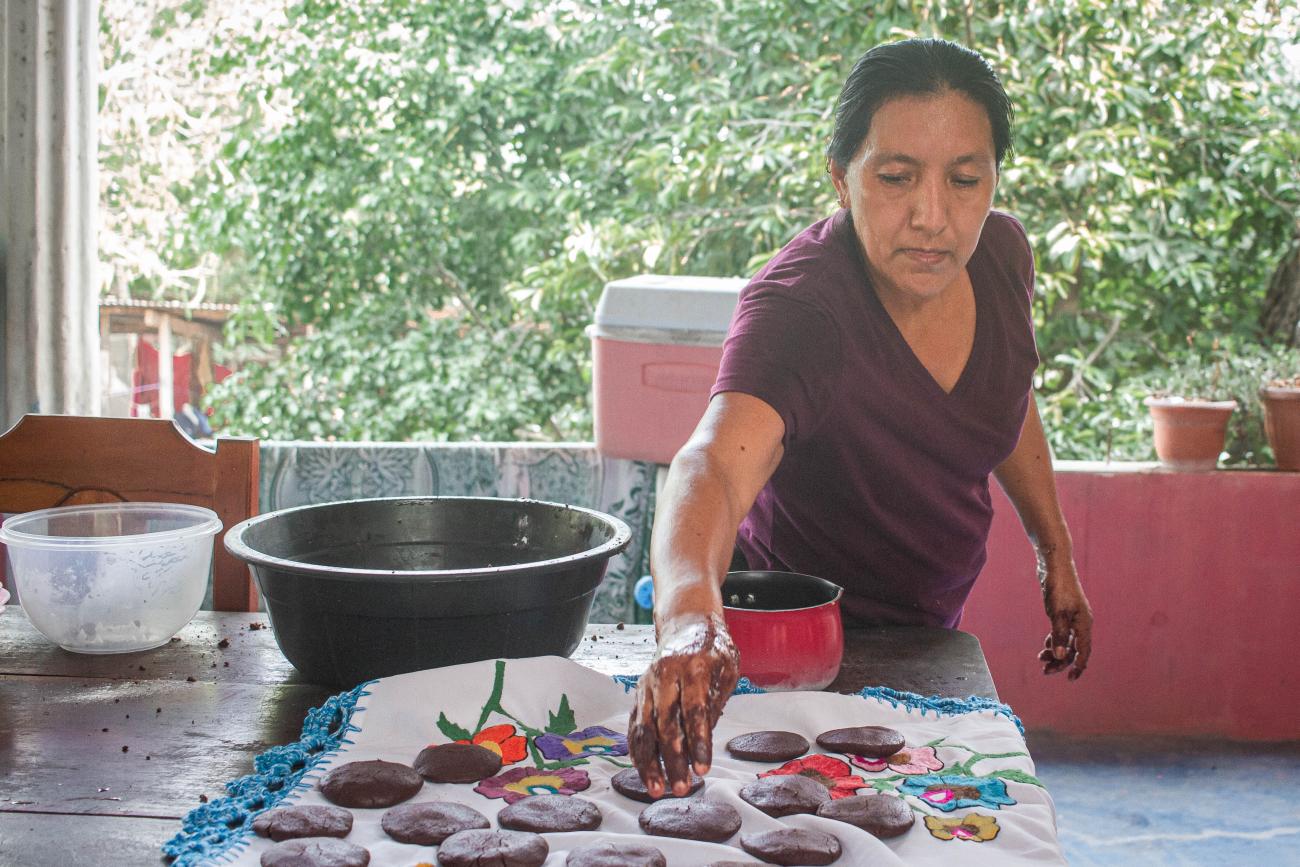
Ecotourism to Reduce Immigration to the United States
Data from the Migration Policy Institute suggests that around 13% of migrants arriving at the U.S.-México border during the first four months of 2024 were Guatemalan. La Técnica, which lies on the banks of the Usumacinta River, also serves as a border between Guatemala and México. This area had become a crossing point for migrants, according to Tomás Donaire, program officer at the Swiss Agency for Development and Cooperation. Locals from La Técnica note that approximately 10 years ago during the spring between 25 and 50 migrants were crossing daily.
The situation has now changed. "The migratory flow situation has declined in the last five years. Of this community, only 14 people left us because they immigrated," explains Humercindo Román, community leader of La Técnica. "Our main objective in this ecotourism process has revolved around community involvement, so we don't have to hire anyone from outside who doesn't really know the community's traditions and customs," says Román.
Since 2009, community members have joined a cooperative to promote tourism in the sector. "When we conceived the idea of creating the project, we knew we had 50 hectares of land and that it had many natural resources that we were protecting as a community. But we needed to learn how to create jobs and were in a complex situation,” says Román.
According to Roman, approximately 150 people have stayed to join the cooperative rather than continue their migration and the program can support approximately 200 migrants. The organizers view the project as a model that could be replicated in other regions of Guatemala.
Our main objective in this ecotourism process has revolved around community involvement
Humercindo Román, community leader of La Técnica
This year, Román explains, they have been supported by institutions such as the Guatemalan Institute of Tourism to monitor the conservation of the ecosystem, train residents on education and tourism, and provide community members with job opportunities to prevent them from migrating to other countries.
Guatemalan Institute of Tourism Director Harris Whitbeck notes that their "policies are centered around direct contact with the communities, and that is why [they] are conducting a series of tours, talking to the different community leaders in the tourist areas to ask them how they want to see themselves represented and how [they], from the national government, can help them develop their own tourism activities."
Just as those communities in Petén are leveraging resources from the jungle in a sustainable way and have managed to succeed, this model of community-based tourism can be replicated in the rest of the country and across the Central American region.
"For us in La Técnica and Uaxactun, the most essential aspect is the cultural one. Knowing how to coexist with it has made us a unique community. It shows how you can link our natural resources and ecological parts with our traditions, which has empowered us, and we have learned what our community wants and how to show our beauty to visitors," says Román.
